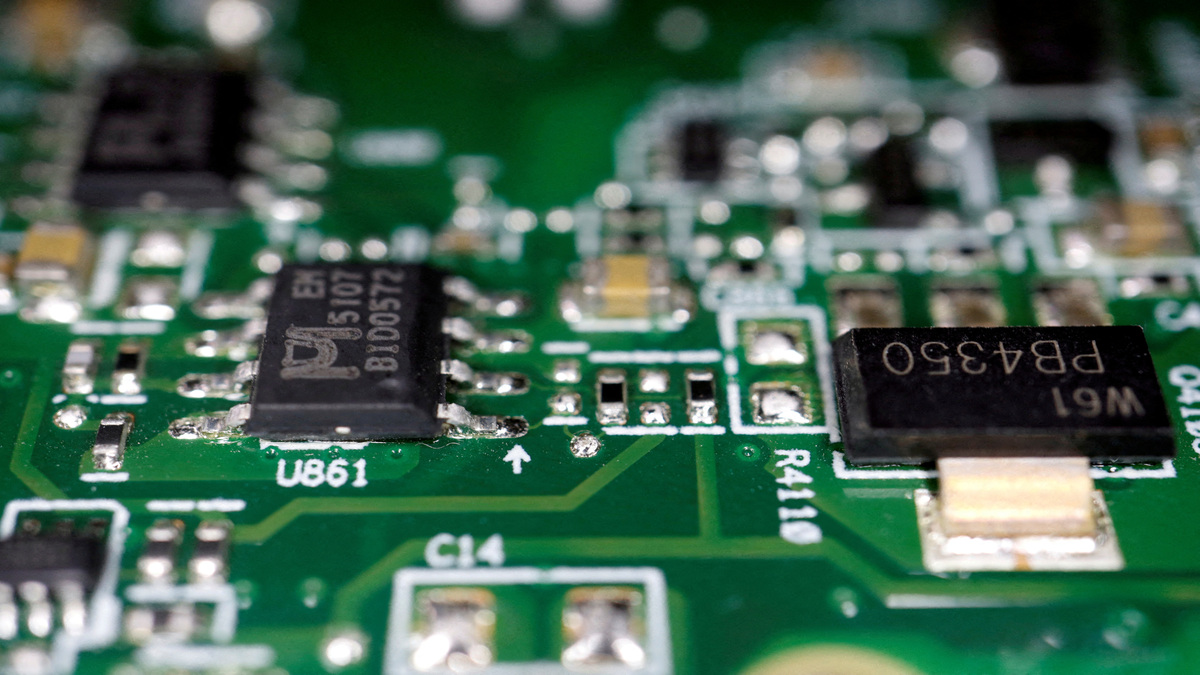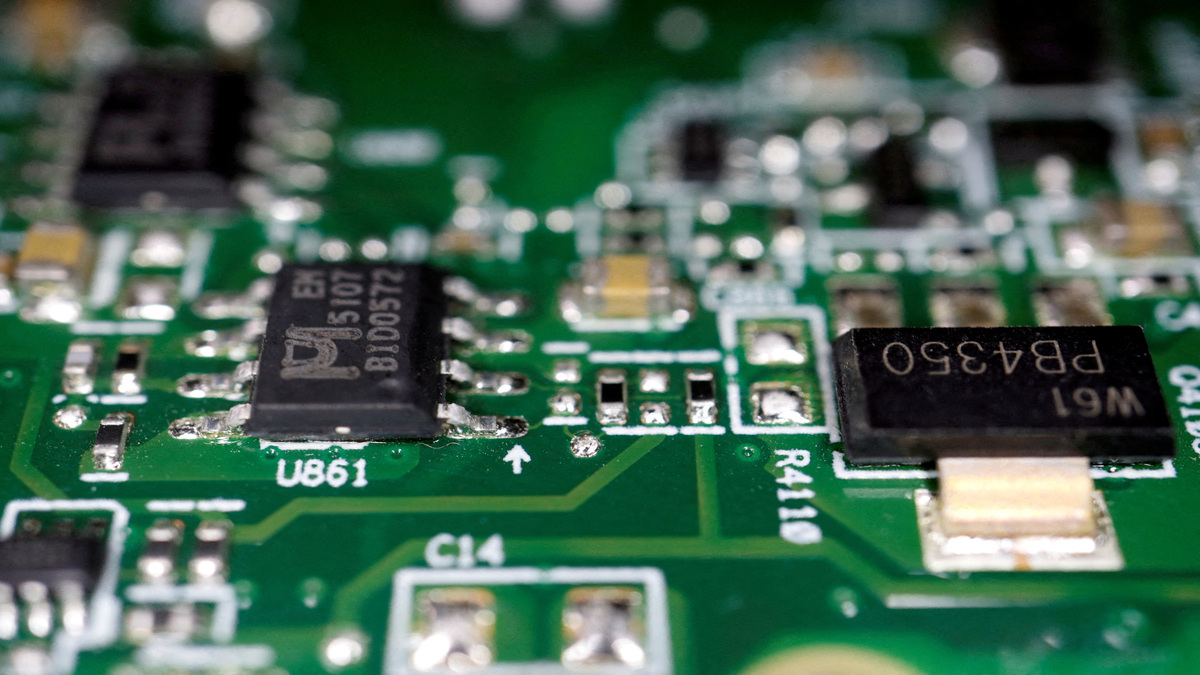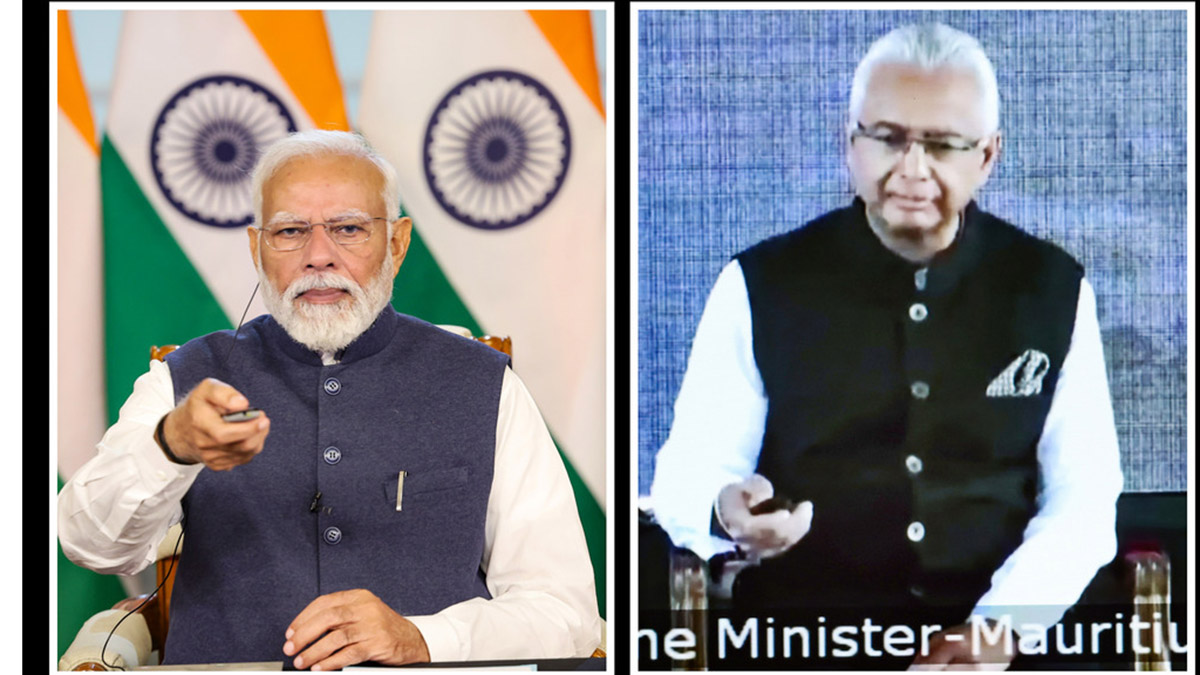After years of Nitish Kumar blocking any efforts by the NDA to project Narendra Modi as a pan Indian leader in Bihar, the BJP prime ministerial candidate’s first ever rally in Bihar, the dramatic Hoonkar Rally marked by serial blasts on 27 October last year, has had a huge impact for the BJP in this important north Indian state. The build-up to the rally, the conduct of the BJP during and immediately after the blasts, the Modi’s reaching out to victims of the blasts and even to the families of the blast accused – everything has contributed to a clear and present Modi wave in Bihar.
It has been long argued that BJP needs to more than double its voteshare and seats in Bihar and UP for a serious shot at approaching the magic number of 272 MPs. The estimated voteshare in Bihar, based on the findings of the Lokniti-IBN National Tracker survey, would suggest that BJP is on track in this state.
According to the findings, the BJP will go from 14 percent actual voteshare in 2009 to a 22 percent estimated voteshare during a July 2013 survey to 39 percent in the latest estimates. That is a near-trebling of the percentage of votes.
The BJP in Bihar has said the new thrust of its campaign in the state will be on ‘Modi for PM’, something that could gain a great deal of traction. Already, based on the survey findings, from 23 percent in 2013, now as many as 39 percent of respondents wanted Modi as prime minister.
The only footnote for Modi to watch out for: AAP is a significant and possibly growing presence in Bihar. As much as 39 percent of respondents want AAP to contest from their seat and 22 percent promised to vote for AAP.
The Congress, on the other hand, looks doomed. Not only is its voteshare expected to remain more or less unchanged (10 percent in 2009 to estimated 11 percent now) but its potential allies look like the losing pack too – Lalu Prasad’s Rashtriya Janata Dal (RJD) is expected to go from 19 percent to 15 percent, while Ram Vilas Paswan’s Lok Janshakti Party (LJP) is expected to see its voteshare erode from 7 percent to 2 percent.
That last number would be an embarassment for the LJP, with its final estimated voteshare set to be lower than even the deubutante Aam Aadmi Party, which is pegged at at 3 percent of votes.
Simultaneously, anti-UPA sentiment has grown exponentially in Bihar, from 46 percent in July 2013 to 77 percent now. Alongside the UPA’s non-delivery on the promise of special status for the backward state and the BJP’s demand for a Rs 50,000-crore package from the Centre for the state, Prime Minister Manmohan Singh’s performance also got a red flag. From 38 percent of respondents in 2013, now 70 percent believe Singh’s performance was dissatisfactory.
The serial blasts and a polarised state
A huge 83 percent of respondents knew about the serial blasts that took place during the 27 October rally by Modi, and most (51 percent overall and 47 percent of Muslims) believed Nitish was to blame for security lapse, according to data from the Lokniti-IBN National Tracke election survey.
Simultaneously, thanks to Muzaffarnagar and the continuing humanitarian crisis in the relief camps, while the 100-odd communal clashes in Uttar Pradesh in the year and half since Akhilesh Yadav took the reins of the Samajwadi Party government have received considerable attention, a lesser known parallel trend has emerged in neighbouring Bihar.
Between June 2013 and December 2013, there were 87 major and minor communal clashes in the more than three times the number of such riots in the corresponding period for 2012.
As reported by The Indian Express , the spike in communal tensions in Bihar has coincided with the divorce of the Janata Dal (United) from the NDA after an alliance of 17 years.
Major communal clashes have taken place in Khagaria (in a location where the JD-U is dominant), Betiah and Nawada, both BJP strongholds.
A monthly break-up of the clashes has been compiled by intelligence agencies, the report says, quoting an Intelligence officer as saying the BJP’s cadre used to play an effective role in quelling communal flare-ups before they turned into riots, but the JD(U) on its own is clearly struggling to deal with such situations.
Ever since Narendra Modi’s Hunkar rally in Patna on 27 October, marred by serial bomb blasts, Chief Minister Nitish Kumar has been hinting that the BJP is behind some communal flare-ups. Needless to say, the BJP has responded by stating that the JD(U) is treating Muslim criminals with kid gloves.
The parallel rise of communal incidents and the Bharatiya Janata Party’s popularity alongside the coinciding graph of a perceived appeasement of the minorities by the government makes one thing clear – Bihar is turning sharply polarised.
Already, former deputy chief minister of Bihar Sushil Kumar Modi has said he does not expect Muslims in the state to vote for the BJP. He blames it on negative campaigning against Modi by the Opposition and on the return of Lalu Prasad Yadav who got bail after being convicted in a fodder scam case. “They (Muslims) are comfortable with Lalu,” Modi was quoted as saying, adding that Nitish would perhaps be unhappy with this development.
The Yadavs, not staunch Lalu supporters any more with the slow downfall of the RJD after the former chief minister’s conviction, will be wooed actively by the BJP, Modi is said to have confessed candidly.
What about Nitish?
2013 was not just a forgettable year for Nitish Kumar. It was the worst possible year for him to have had the Yasin Bhatkal arrest in his state, barely months after he broke ranks from the NDA and on the heels of intense scrutiny of allegations that the Janata Dal (United) government soft-pedalled on terrorism and terror-training grounds.
Minority appeasement by the Nitish government had come at a serious loss of credibility. As Firstpost reported , the Janata Dal (United) government’s affinity to the powerful Muslim-Yadav votebank was well known, but Nitish’s unwillingness to act decisively against the Indian Mujahideen’s training grounds in his state, and as a consequence against the growing perception that parts of Bihar had turned into a sort of safe ground for terrorist groups and their fringe elements.
That embarassing arrest of Bhatkal itself had come just a month after the death of 23 children after they ate contaminated food served as part of the government-sponsored Midday Meal Scheme.
He has insisted that law and order has not deteriorated after the split with the BJP, but the data on communal clashes suggests otherwise.
His government has come a cropper on the special category status for Bihar too, a long-standing promise.
In spite of this, Nitish is no has-been.
While the survey results show that the overall voteshare of JDU is expected to fall from 24 perecnt in 2009 to 20 percentin 2014, Nitish cannot be written off just yet, his personal brand remains. His government’s ratings are down, but not dramatically – 69 percent viewed his govt favourably in a July 2013 survey, 59 percent now. Also, 63 percent view his performance as chief minister as satisfactory.
Critically, the survey showed that despite the preference for Modi as prime minister, if Assembly elections were to be held now in Bihar, Nitish is still ahead.






)
)
)
)
)
)
)
)